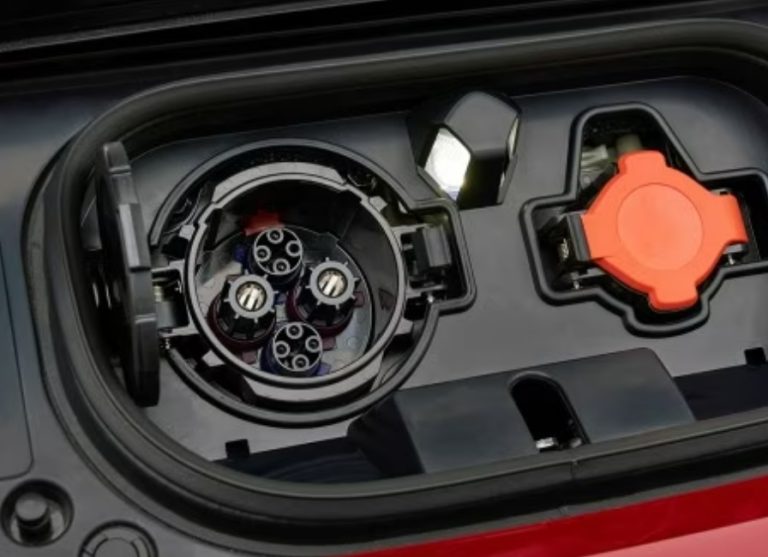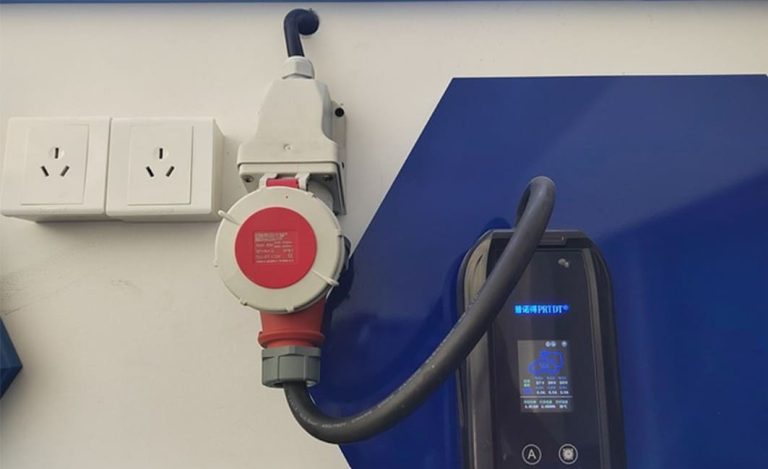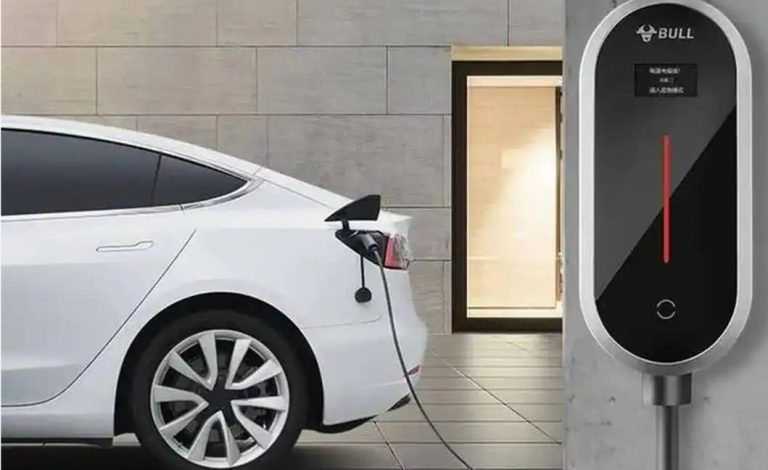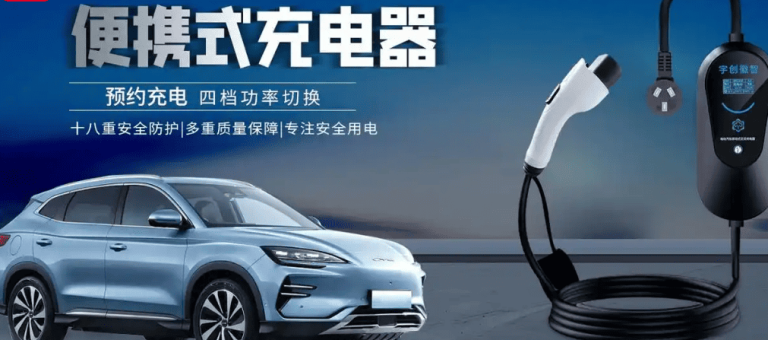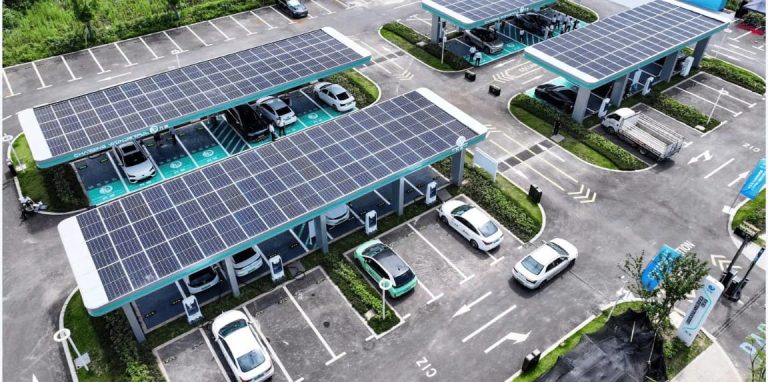Can l plug my EV into a normal socket?
Can l plug my EV into a normal socket?
The central answer is yes, you can plug your electric vehicle (EV) into a standard household socket, but this is only viable if strict safety conditions are met and extreme caution is exercised. This technique uses the portable charging cable that is nearly always included with new EVs. It is commonly referred to as a “granny charger” or “trickle charger.” The other end connects straight to the charging port on your car, while the other end has a standard plug (usually rated for either 10 Amp or 16 Amp). This configuration offers a vital, if constrained, method of charging your battery with regular household electricity. But it’s a big mistake to treat this like you’re plugging in a lamp or a phone charger. A multi-ton vehicle requires a lot of power over several hours to charge, which puts constant strain on your home’s electrical system. For safe operation, it is imperative to comprehend and reduce the risks involved.

The most immediate limitation of using a standard household socket is the agonizingly slow charging speed. The limited amount of power that these outlets can safely supply is the direct cause of this. Only roughly 2.3 kW (230V x 10A) can be produced by a standard UK or European 230V socket rated for 10 Amps. Up to 3.7 kW (230V x 16A) can be delivered by a slightly larger socket, which is frequently used for appliances like ovens or washing machines and is rated for 16 Amps. Consider an EV with a 60 kWh battery pack, which is a fairly common size, to understand the impact. Theoretically, a full charge would take more than 26 hours using the smaller 10A socket (60 kWh / 2.3 kW). A full charge will still take about 16 hours, even with the larger 16A socket.This is drastically slower than a dedicated home charging point (typically 7kW, achieving a full charge in roughly 8.5 hours) or public rapid chargers that can add hundreds of miles in under an hour. Consequently, standard socket charging is realistically only suitable for overnight top-ups when you have ample time parked, or as an absolute last resort during emergencies. It is completely inadequate as a primary charging method for regular use or for drivers covering significant daily distances.
The critical factor determining whether standard socket charging is even possible safely is the specific socket type and its underlying electrical circuit. You cannot simply use any available socket. The socket requirement is determined by the plug on your EV’s portable charger. A 16 Amp plug is included with a lot of contemporary portable chargers. Importantly, this plug will not fit into a standard 10 Amp socket because it is physically larger than a typical 10 Amp plug. There is a serious risk of poor contact, overheating, and possible fire at the socket itself if you try to force it or use an adapter. As a result, you must use a 16 Amp socket if your charger has a 16 Amp plug. High-power appliances like air conditioners, electric ovens, and strong heaters frequently have these sockets installed. It is very dangerous and should never be tried to use a 16 Amp charger with a standard 10 Amp socket using an adapter.
Far more important than just the socket on the wall is the electrical circuit feeding it. This is where the most significant and potentially catastrophic risks lie. Standard household circuits, especially older ones or those wired with insufficient cable, are simply not designed for the continuous, high-current demand of EV charging over many hours. A socket is merely the access point; the wiring behind the walls and the protective devices (circuit breakers/fuses) in your consumer unit are what truly handle the load. A 16 Amp socket used for EV charging must be fed by a dedicated circuit. This means the circuit serves only that socket, not shared with lights, other outlets, or appliances. Furthermore, this circuit requires appropriately sized wiring. Minimum recommendations specify 4 square millimetres (mm²) copper cabling for a dedicated 16 Amp EV charging circuit. Older wiring, or circuits using thinner cable (like the 2.5 mm² sometimes found on ring mains), will overheat significantly under the sustained 16 Amp load. This overheating isn’t just a nuisance; it degrades insulation over time, drastically increases the risk of electrical fires starting inside your walls, and can lead to complete circuit failure. The circuit must also be protected by a correctly rated circuit breaker, typically 25 Amps for a 16 Amp continuous load, to reliably trip before dangerous overheating occurs. Using an existing general-purpose circuit, especially one with thinner wiring or serving multiple outlets/appliances, is a severe fire hazard. The circuit breaker might not trip immediately, allowing wires to smoulder dangerously within walls or ceilings for prolonged periods.
Reliable grounding (earthing) is non-negotiable for safe EV charging via any socket. Particularly in damp environments like garages or driveways, the grounding wire offers a safe route for fault currents, preventing the metal chassis of the EV from becoming live and posing a fatal electrocution risk. Both the car and your portable EV charger have advanced safety features that actively look for a good ground connection. The charger will either refuse to start charging or will immediately interrupt the session if the socket’s grounding is missing, broken, or poorly connected (a surprisingly common problem in older homes). This safety feature should never be circumvented. Make sure the socket you plan to use is grounded correctly at all times.Using a simple plug-in socket tester can provide a basic check, but for certainty, especially with older wiring, consulting a qualified electrician is advisable. Charging without a proper ground is gambling with your safety.
Safe operation demands strict adherence to specific practices when using a standard socket. Never, under any circumstances, use a standard domestic extension lead (“flying lead” or “extension cord”) between the wall socket and your EV charger. Household extension cords are typically not rated for the high current (10A or 16A) sustained over many hours. They will overheat, potentially melting the plug, socket, or cord itself, creating a significant fire ignition source. If the distance is too great, the only potentially safe solution is to have a qualified electrician install a suitable outdoor-rated socket closer to your parking spot, wired correctly back to the consumer unit. Environmental protection is vital. Never charge outdoors in the rain or snow unless the charger, plug, socket, and all connections are specifically designed and certified for wet conditions and are completely shielded from direct moisture. Water and electricity are a deadly combination, leading to short circuits, equipment damage, or electrocution. Keep the charging connector and socket dry. Maintain vigilance during charging. Periodically feel the plug at the wall socket and the charger unit itself. If anything feels noticeably warm or hot to the touch, or if you detect any unusual smells (like burning plastic or insulation), stop charging immediately and unplug the charger. Investigate the cause before attempting to charge again. Persistent heat indicates a serious problem like a loose connection or undersized wiring that requires professional attention. Finally, never plug other high-power appliances (heaters, kettles, dryers, power tools) into the same circuit while your EV is charging. This overloads the circuit, increasing the risk of overheating and breaker tripping, or worse, causing a fire.
Given the significant limitations and safety concerns of standard socket charging, installing a dedicated home charging point is overwhelmingly the recommended solution for regular EV owners. These units, often called EVSEs (Electric Vehicle Supply Equipment), are professionally installed by qualified electricians directly onto a suitably rated circuit (usually 32A for a 7kW unit). A 7kW home charger typically cuts charging time by more than half compared to a 16A socket – that same 60kWh battery would charge fully in about 8.5 hours overnight. Beyond speed, safety is dramatically enhanced. Dedicated chargers feature robust construction, integrated safety monitoring (like continuous temperature sensing at the plug), proper weatherproofing for outdoor use, and often smart features allowing scheduling to use cheaper off-peak electricity tariffs, further reducing running costs. They eliminate the risks associated with undersized wiring, unreliable sockets, and the temptation to use extension leads. While there is an upfront cost for purchase and installation, the combination of safety, convenience, faster charging, and potential energy cost savings makes a dedicated home charger a wise and highly recommended investment for any EV driver planning to charge regularly at home.
In conclusion, even though it is technically possible to charge your EV using a regular household outlet with the included portable cable, there are a number of drawbacks and important safety issues to take into account. It is not practical for anything other than sporadic overnight top-ups or true emergencies due to the incredibly slow charging speeds. Importantly, safe operation requires that socket type be strictly followed (i.e., 16A sockets for 16A chargers), that a strong underlying circuit with sufficient wiring (minimum 4mm² copper) and protection (25A breaker), and that grounding be guaranteed. It is imperative to strictly avoid risky behaviors such as overloading circuits, charging in the rain without appropriate protection, and using extension cords.For the vast majority of EV owners who charge at home regularly, investing in a professionally installed, dedicated home charging point is the only truly safe, convenient, and efficient long-term solution. It transforms the EV ownership experience, providing peace of mind and ensuring your vehicle is reliably ready when you need it.



































































































































